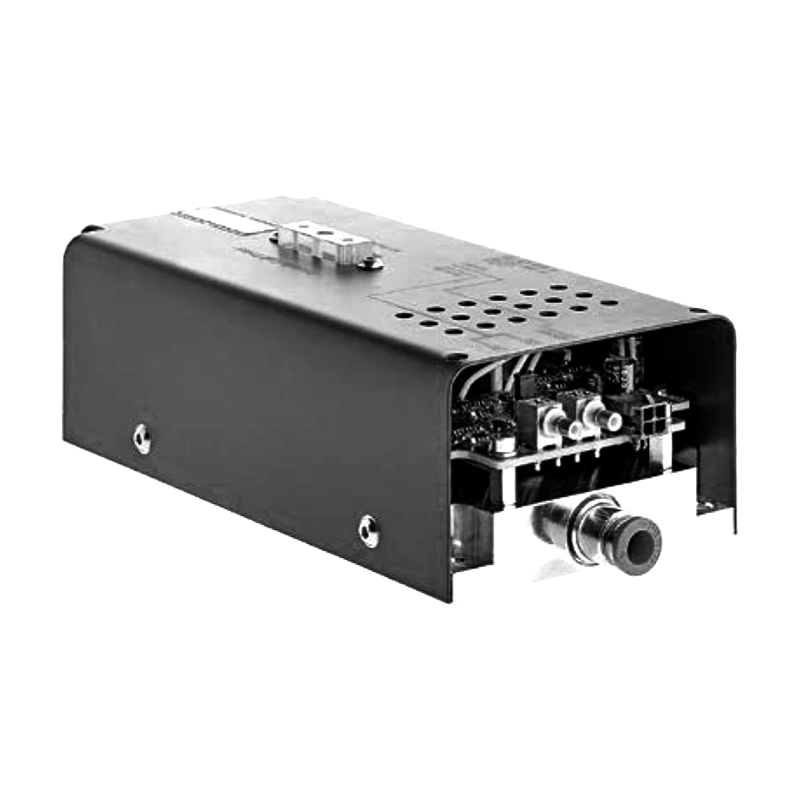Precision Power Supply Technology in Cell Analysis: Key Breakthroughs from Single-Cell Manipulation to System Integration
In the field of single-cell analysis, precision power supply technology has become a core factor determining detection accuracy and reliability. Measurements of cellular electrical properties (e.g., membrane capacitance, cytoplasmic conductivity) require microsecond-level precision, where power supply noise, voltage fluctuations, or temperature drift may cause signal distortion or experimental failure. Here are key advancements in precision power technology for cell analysis:
1. Power Accuracy Challenges in Single-Cell Analysis
Microvolt-Level Ripple Control: Avalanche photodiodes are highly sensitive to power ripple. A 100 mV fluctuation can skew photoconversion gain by over 200% . Power supplies for photoelectric converters and analog circuits must limit ripple to <10 μV using multi-stage filtering (e.g., π-filters) and linear regulation.
Nonlinear Gain Compensation: The nonlinear relationship between avalanche diode operating voltage (50–300 V) and gain necessitates high-voltage regulation circuits (with voltage comparators, error amplifiers) to achieve ±0.1% voltage linearity .
2. Low-Noise Power Architecture for Flow Cytometry
Modern flow cytometers adopt modular independent power systems with three isolated channels:
Module 1: Dedicated to photoelectric converters and analog circuits, using isolated DC/DC converters and liquid electrodes to eliminate polarization effects .
Modules 2/3: Power digital circuits and high-load components (e.g., pumps, motors), with galvanic isolation (e.g., magnetic coupling chips) blocking digital switching noise and 5,000 V transient interference .
Power Line Filters: Each input stage integrates EMI filters providing 50 dB insertion loss (100 kHz–30 MHz) to suppress grid harmonics .
3. Adaptive Algorithms for Dynamic Response
To handle load transients during cell injection, systems deploy hybrid control strategies:
PID-Fuzzy Control: A PID base layer adjusts voltage/current, while fuzzy logic dynamically corrects parameters for nonlinear factors like cell adhesion .
Hardware-in-the-Loop (HIL): Simulation models optimize control parameters, achieving ≤50 μs transient response and ≤0.01% load regulation .
4. Thermal and Electromagnetic Management
Full-Metal Shielding: Anodized aluminum housings with heat-dissipating grooves improve thermal conductivity by 40% while blocking internal EMI .
Low-Temperature-Drift Components: High-voltage modules use resistors with ≤5 ppm/℃ temperature coefficients, limiting output drift to <3 mV (0–40℃) .
5. System Integration and Future Trends
Precision power systems are evolving toward miniaturization and intelligence:
Microfluidic Chip Integration: Embedding high-voltage supplies into microfluidic chips enables nanoliter-scale single-cell impedance profiling .
AI-Driven Optimization: Machine learning pre-adjusts power parameters based on historical data, increasing cancer cell identification accuracy to 90% .
Conclusion
Precision power technology for cell analysis has evolved from basic voltage stabilization to a holistic system integrating low-noise design, intelligent control, and thermal management. As single-cell sequencing and circulating tumor cell detection advance, power accuracy will be key to unlocking cellular mysteries. Future developments in resonator-based noise reduction, nanoelectrode integration, and portable clinical designs promise to bring cell analysis to the bedside.




















